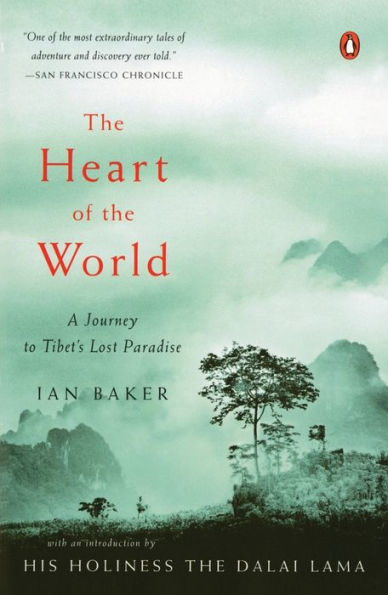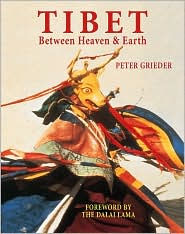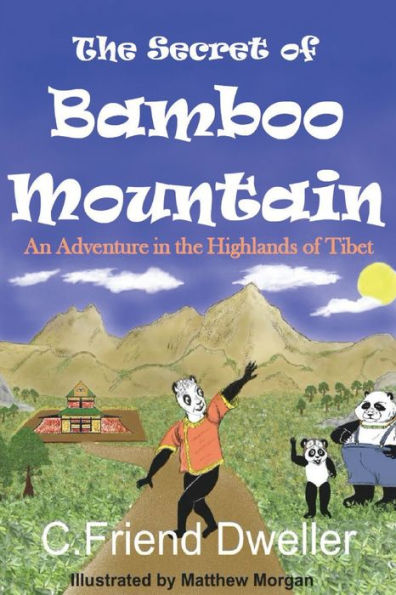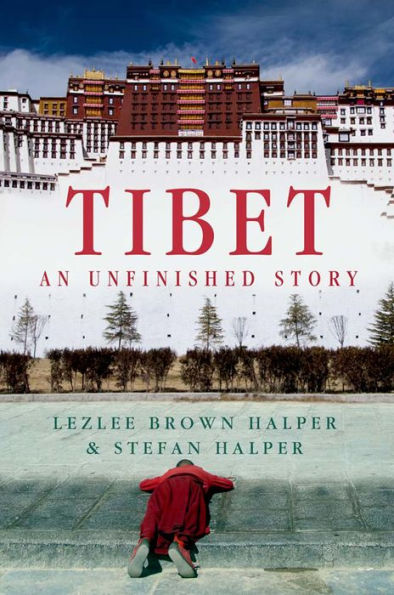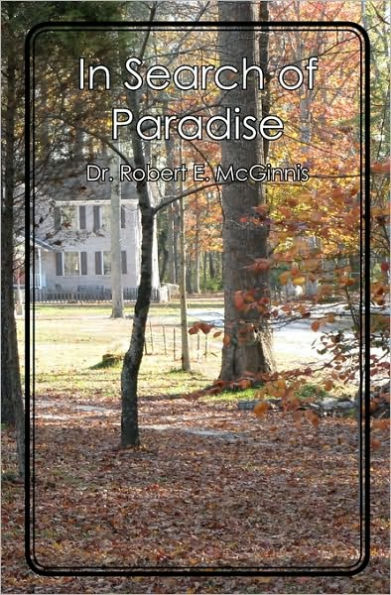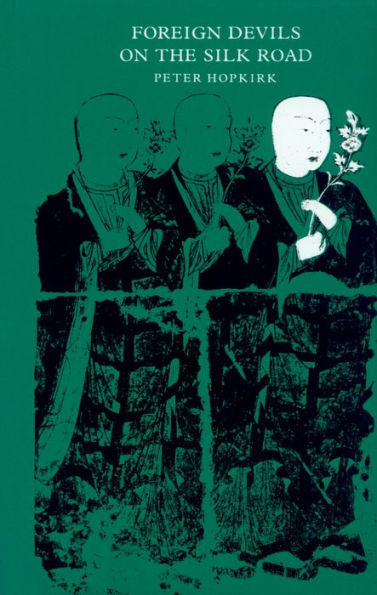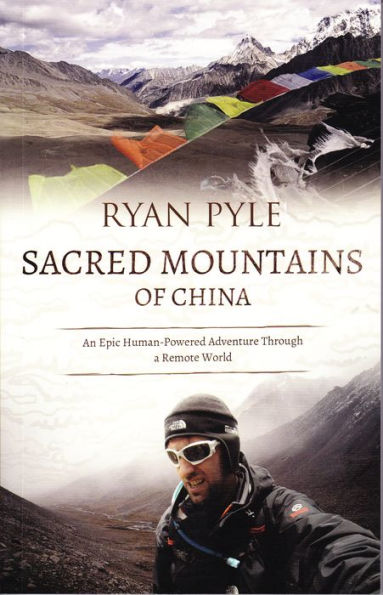Home
Tibet and Shangri-La: The Search for a Hidden Paradise


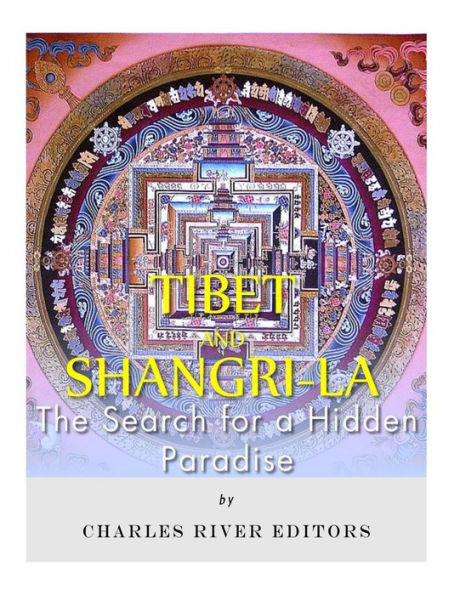
Tibet and Shangri-La: The Search for a Hidden Paradise
Current price: $8.14
Loading Inventory...
Size: OS
*Includes pictures of important people and places.
*Includes footnotes and a bibliography for further reading.
"For the valley was nothing less than an enclosed paradise of amazing fertility, in which the vertical difference of a few thousand feet spanned the whole gulf between temperate and tropical" - James Hilton, Lost Horizon (1933)
In 1933, British author James Hilton introduced the world to a new destination for journeys of the imagination: the hidden valley of Shangri-La. In doing so, Hilton built upon pre-existing fantasies, stereotypes and archetypes, many of which were centuries old, but Hilton also created something new in the form of a vision which captured the imagination of his contemporaries and has remained ever since. In Hilton's novel, Lost Horizon, Shangri-La is a valley high in the north of the Himalayas where a monastery (more accurately, a "lamasery," as the inhabitants were lamas not monks) dedicated to peace and study exists. The precipitously steep valley is also home to a rich variety of flora, and its inhabitants are renowned for their longevity.
The Western myth of Shangri-La is part and parcel of a long-term fascination with Tibet, which even today is still seen as a land of mystery, ancient wisdom and spiritual purity on the roof of the world, all of which stands in contrast to the Western world. Even when Lost Horizon was published in 1933, Shangri-La was inseparable from the anxieties of its Western audiences, particularly given the damage done by World War I and the looming World War II.
That said, this does not mean that there are not authentic Tibetan roots for the legend. There is no historical legend of Hilton's "Shangri-La", since the ending "la" means "valley" and "shangri" is a word of Hilton's own invention, but there is a relevant piece of Tibetan mythology: the story of Shambhala. This legendary kingdom exists outside (to the north) of Tibet and represents the "pure land" of Buddhist and harmonious living. The story of Shambhala may have influenced Hilton's original work, but it has undoubtedly had an influence on later writing and imaginations of the place.
Tibet and Shangri-La: The Search for a Hidden Paradise explores the history of Tibet and legend of Shangri-La from the mists of Tibetan pre-history and traces the history of the idea as it became fused with Buddhism and was tied to the idea of a Pure Land. This book also looks at the West's encounter with Tibet in the early 20th century, including both expeditions and literature that described and popularized Shangri-La in Romantic poems, pulp novels and popular esoteric mysticism. Finally, the book traces the way in which Tibetan culture has moved west and influenced the globe. Along with footnotes, a bibliography and pictures, you will learn about Tibet and Shangri-La like you never have before, in no time at all.
